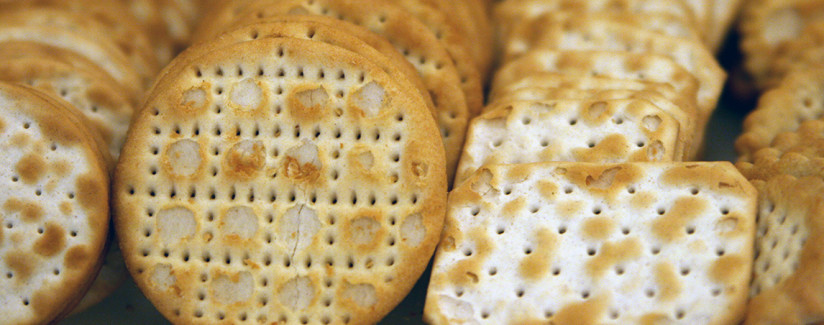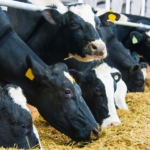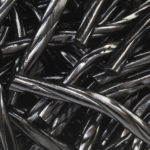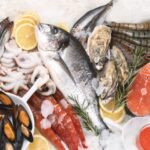
Reappraising Processed Foods
Are you trying to avoid processed foods? Registered dietitian Carolyn O’Neil explains that the term “processed,” used to refer to foods perceived to be unhealthy, doesn’t always apply. Baking bread, making yogurt, canning tomatoes and turning cucumbers into pickles all require a process.
In fact, certain food production processes actually boost nutritional content, such as adding calcium to orange juice or whole grains to pasta. Freezing vegetables helps to perserve vitamin content at the time of harvest. Compared to fresh tomatoes, canned tomatoes have a higher concentration of disease-fighting nutrients, like lycopene and beta-carotene.
“The term ‘processed foods’ evokes a wide range of asssumptions and beliefs about what is a healthy food,” says Connie Weaver, professor of nutrition science at Purdue University, in a statement published in The American Journal of Clinical Nutrition. She concludes that making food selections based on nutrient composition and not extent of processing is a better way to determine nutrition adequacy.
The History of Processing
“Maybe processed food isn’t such a bad thing after all,” says historian Rachel Laudan, author of Cuisine & Empire: Cooking in World History. Laudan writes about the merits of processing foods in the journal Gastronimica.
“So to make food tasty, safe, digestible, and healthy, our forebears bred, ground, soaked, leached, curdled, fermented, and cooked naturally occurring plants and animals until they were literally beaten into submission. They built granaries, dried their meat and their fruit, salted and smoked their fish, curdled and fermented their dairy products, and cheerfully used additives and preservatives – sugar, salt, oil, vinegar, lye – to make edible foodstuffs.”
Clean Eating
“Clean” is another term meant to imply that a “healthier” food product has very few ingredients. But, Julie Miller Jones, professor of foods and nutrition at St. Catherine University in St. Paul, Minnesota, points out that additional ingredients can improve a food’s health profile. “If we add more of an oat fiber called beta-glucans to oatmeal and other foods, we can double the cholesterol-lowering power,” she said. Talk about cleaning things up!
But, when it comes to frozen vegetables, for instance, I say go for the ‘plain Janes’ and not the ones with the added butter and cheese sauces.
If you’re looking for foods higher in fiber or lower in sodium, the Nutrition Facts label on packages is still the best tool for seeing what’s inside.
Label-Reading Tip: Ingredients are listed in order of prevalence.
Nutrition education, it seems, is a process, too.
Image: “Crackers” by Quinn Dombrowski is licensed under CC BY-SA 2.0.





























